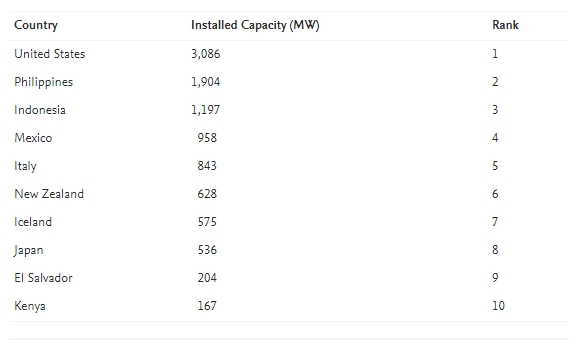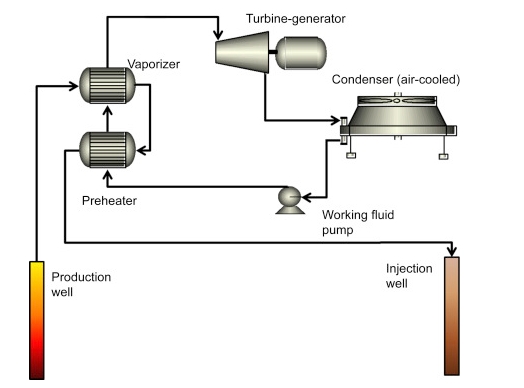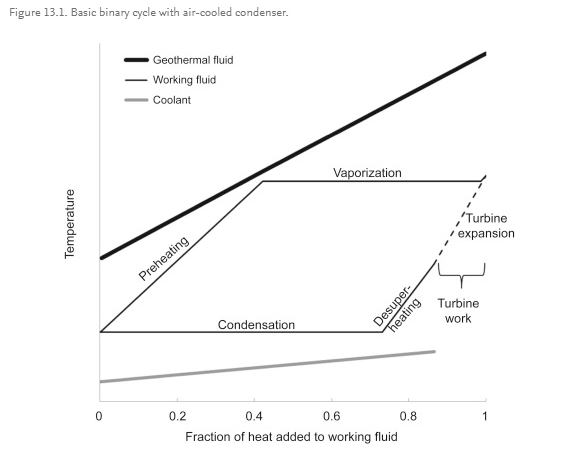Pentane Blends
Synonyms: Pentanes Blend, Pentane Blends, Blended Pentane, Blended Pentanes, Pentane Blend
Description:
Physical appearance: A colorless, tasteless, transparent liquid
Specifications: Our products have the following specifications, but not limited to these categories, can be completely customized according to customer requirements.
Blend n-Pentane/Isopentane: 70%/30%, 85%/15%, 60%/40%, 50%/50%, 20%/80%, 20%/80
Blend iso/n-Pentane: 70-30%
1. Blend iso/n-Pentane (70-30%), a blend of 70% isopentane and 30% n-pentane
2. Blend n-/isopentane (70-30), a mixture of 70% n-pentane and 30% isopentane
3. Blend n-/isopentane (85-15), a mixture of 85% n-pentane and 15% isopentane
4. Blend n-/isopentane (60-40), a mixture of 60% n-pentane and 40% isopentane
5. Blend n-/isopentane (50-50), a mixture of 50% n-pentane and 50% isopentane
6. Blend n-/isopentane (20-80), a mixture of 20% n-pentane and 80% isopentane
7. Blend iso/n-Pentane (20-80%), a blend of 20% isopentane and 80% n-pentane
9. Other ratio of pentane blends and specifications can be completely customized according to customer requirements
Country of Origin: China
Manufacturer: Junyuan Petroleum Group
Annual Output: 78,000 tonnes
Applications of Pentane Blends (Blowing Agents)
Pentane blends are widely used as blowing agents in geothermal power stations around the world for the production of polystrene foam and other foams. Generally, a blend of n-Pentane and Isopentane is used for this industry. Thanks to its physical properties of low boiling point, high economic benefit and low production cost, safe in use, blend pentane is used as a working medium in geothermal power stations.
Related terms:
Heat Exchanger Flash Plant Geothermal Energy Steam Turbines Turbines Geothermal Fluid Low-Temperature Geothermal Saturated Liquid
Binary Cycle
A binary cycle is better able to take economic advantage of the low ambient temperatures than a simple steam unit.
Binary cycle power plant
A binary cycle power plant is used where geothermal resources are not sufficiently hot to produce steam, or where the source contains minerals or chemical impurities to allow flashing. In the binary cycle process, the geothermal liquid is passed through a heat exchanger. The secondary fluid with a lower boiling point than water (isobutane or pentane or amonia) is vaporized on the low-temperature side of the heat exchanger and expanded through the turbine to generate electricity. The working fluid is condensed and recycled for another cycle. All the geothermal fluid is injected back into the aquifer.
Binary cycle plants can achieve higher efficiencies than flash power systems, and they allow the utilization of lower temperature reservoirs. Other issues, such as corrosion and environmental concerns, are also eliminated. These systems are more expensive, and large pumps are required that consume a significant percentage of the plants’ output. The units range in size from 1 to 3 MW. They generally are used in modular systems.
California generates the most geothermal electricity with about 824 MWe at The Geysers. Although this is much less than its capacity, it is still the world’s most developed field. This is also the most successful renewable energy project in history. Other locations include 490 MWe in the Imperial Valley, 260 MWe at Coso, and 59 MWe smaller plants. California plans to add an additional 242 MWe. There are also power plants in Nevada (196 MWe with 205 MWe planned), Utah (31 MWe), and Hawaii (25 MWe). Other plants to total 75 MWe are planned countrywide.
Direct use has skyrocketed to 3858 GWh/yr, including 300,000 geothermal heat pumps. In the western United States, hundreds of buildings are heated individually and through district heating projects (e.g., Klamath Falls in Oregon, Bosie in Idaho, San Bernardino in California). Large greenhouses and aquaculture facilities in Arizona, Idaho, New Mexico, and Utah use low-temperature geothermal waters. Onions and garlic are also dried using this energy.
There are currently 12,000 MW of direct use and 8000 MWe of generating capacity in geothermal resources worldwide. This is about 0.4% of the world’s total installed generating capacity. The United States, the Philippines, Italy, Mexico, Iceland, Indonesia, Japan, and New Zealand are the largest users of direct and indirect geothermal energy. Table 5.2 shows the location of present electric power generation in order of size by country. Note that the capacity in 1999 of 8246 MW was a 40% increase over the installed capacity of 1990. Other countries with less than 20 MW are Argentina, Australia, Ethiopia, France (Guadeloupe), Greece, Portugal (Azores), Russia, and Thailand.

Countries Generating Geothermal Power in 2020
In the binary cycle, heat is transferred from the geothermal fluid to a secondary working fluid. During this heat transfer process, the pressurized working fluid is vaporized. The working fluid leaving the geothermal heat exchangers is subsequently expanded through a turbine producing work, or electrical power. The lower-pressure working fluid leaving the turbine is condensed and pumped back to the geothermal heat exchangers, completing the closed cycle.


In Fig. 13.2, the working fluid is shown leaving the vaporizer with a small level of superheat. The inlet vapor is superheated to ensure that the vapor is “dry” and that it remains in the vapor phase throughout the turbine expansion. The level of superheat that is added depends on the working fluid selected. Some fluids tend to superheat on expansion (isobutane, R245fa, isopentane), while others tend to desuperheat and begin to condense on expansion (propane, ammonia, water, R134a). Those fluids that tend to desuperheat will require more superheat before entering the turbine. If a significant amount of superheat were required, an additional geothermal heat exchanger would be included in the basic cycle shown in Fig. 13.1, located between the vaporizer and turbine, and using geothermal fluid directly from the wellhead. The geothermal fluid leaving this superheater would then be directed to the vaporizer. When a minimal amount of superheat is required, the superheating is accomplished in the vaporizer as depicted in Fig. 13.1.
The basic cycle processes are also depicted in Fig. 13.3, which is a temperature–entropy plot of the cycle conditions shown in Fig. 13.2. The working fluid used in this depiction of the cycle superheats when expanded.
Blend pentane is a very fast evaporating hydrocarbon solvent and low in impurities such as sulphur, olefins, benzene and total aromatics. Examples of end uses for this solvent are blowing agent, electronic cleaning and polymerisation. Blend ratios of iso/n-pentane other than 70%/30%, 85%/15%, 60%/40%, 50%/50%, 20%/80%, 20%/80 are also available upon customer’s requrements. Regarding the safety and effects on health, the pentane is highly flammable and can cause if it’s inhaled euphoria, headache, tinnitus and nausea.
Pentane is relatively cheap and is the most volatile alkane. It is liquid at room temperature, so it is often used as a solvent for evaporation in the laboratory. However, due to their nonpolarity and lack of functionality, they can only dissolve nonpolar and alkyl rich compounds. Pentane is miscible with the most common nonpolar solvents, such as chlorocarbons, aromatics, and ethers. They are also often used in liquid chromatography.
SPECIFICATIONS
Please send us email to info@junyuanpetroleumgroup.com for the detailed specifications of pentane blends.
Pentanes blend Synonyms: Pentane blends, Pentanes, blowing agent pentanes, NP85, CP85, CP80, CP70, NP70, NP70, NP60, IP15, NP50, Cyclopentane/isopentane blend, n-pentane/iso-pentane blend, isopentane/n-pentane blend.
Handling methods and safety information
Pentane mixtures are highly flammable. Store in original containers in approved fire proof areas. Keep the container sealed. Keep away from incompatible materials and store in a cool, dry and well ventilated place. Protect the container from physical damage and regularly check for leaks. Please read the material safety data sheet (MSDS) before use. Under normal circumstances, there will be no danger or dangerous reaction.
Pentanes blend Packaging Options
ISO Tank, 130kg drum packing
Pentanes blend Export condiction:
HS CODE: 290219
DOT/IATA/IMDG/IMO: Pentane, Flammable Liquid, UN1265
Tags: Pentane blends, Pentanes, blowing agent pentanes, NP85, CP85, CP80, CP70, NP70, NP70, NP60, IP15, Cyclopentane/isopentane blend, n-pentane/iso-pentane blend, buy pentanes, buy pentane blends, pentanes blend supplier, pentane manufacturer.
Polystyrene
Synthetic Aromatic Hydrocarbon PolymerPolystyrene is a synthetic aromatic hydrocarbon polymer made from the monomer known as styrene. Polystyrene can be solid or foamed. General-purpose polystyrene is clear, hard, and rather brittle. It is an inexpensive resin per unit weight. It is a rather poor barrier to oxygen and water vapour and has a relatively low melting point. Polystyrene is one of the most widely used plastics, the scale of its production being several million tonnes per year. Polystyrene can be naturally transparent, but can be coloured with colourants. Uses include protective packaging, containers, lids, bottles, trays, tumblers, disposable cutlery and in the making of models.
- Density: 1.05 g/cm³
- Melting point: 464°F (240°C)
- Chemical formula: (C8H8)n
- IUPAC ID: poly(1-phenylethene-1,2-diyl)
-
Pentane (n-Pentane), PCT, 98+%, 200L (125KG)
-
Cyclopentane 80, CP80, Cyclopentane/Isopentane 80/20
-
Pentane, n-, CP
-
Blend Cyclopentane/Isopentane (50-50)
-
Normal Pentane
-
Normal Pentane, Aliphatic Hydrocarbon Solvent
-
iso-Pentane
-
Cyclopentane/Isopentane Blend 70/30 (Blowing Agent)
-
Cyclopentane, 99%, Extra Pure, CAS 287-92-3
-
Cyclopentane, 95+%, Pure, CAS 287-92-3
-
Isopentane, 95% in Drums
-
Isopentane, 99% in Drums
-
Isopentane, 99% in ISO tanks
-
Isopentane, 95% in ISO tanks
-
n-Pentane, 95%, in ISO Tank
-
n-Pentane, 99% in drums
-
n-Pentane, 99%, CAS 109-66-0, in ISO tanks
-
n-Pentane, 95%, in Drums
Our Recent Projects